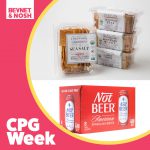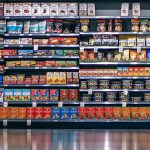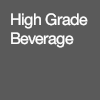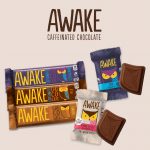While FDA Tests CBD, the Industry Struggles for Consistency
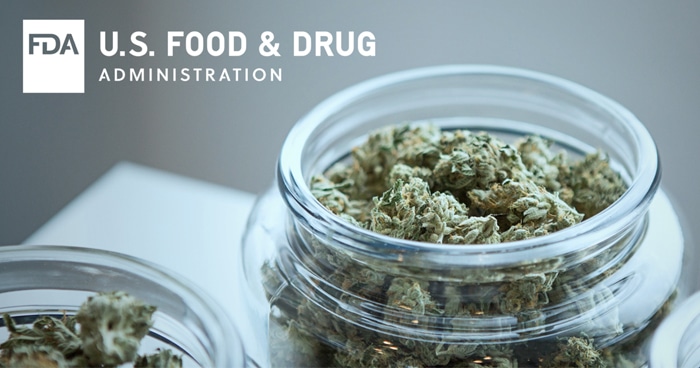
In a test of 200 CBD products the Food and Drug Administration (FDA) found many contained CBD levels inconsistent with their labels — though not explicitly unsafe. The overall variability points (again) to what brands, researchers and advocacy organizations say is the bigger problem: lack of regulation in the budding industry.
The sample study, submitted to Congress earlier this month, tested 102 tinctures, capsules, edibles and beverages and pet products, that listed the amount of CBD on their labels. The test found that 45 percent contained within 20 percent of the stated level. The study examined only a small set of food and beverages that listed CBD amounts, finding that roughly half of the six beverages, 14 edibles, 14 gummies and 56 tinctures tested contained within 20 percent of the listed CBD levels. Five edibles contained under 80% of the listed CBD amount, six contained more than 120% the listed amount, and eight gummies and other edibles contained THC. All of the products tested were found online.
The agency said it will conduct further research from a wider list of 500 products, with plans to include more categories as well as products found in brick-and-mortar stores — especially those items from brands with a higher market share.
It’s a similar result that the FDA found during previous studies from 2014-2019, which the agency noted were “limited in scope” and not representative of the whole marketplace. For example, the FDA’s 2019 study of 21 products that listed the amount of CBD found that only seven (33%) contained within 20 percent of the listed level of CBD. In that study, none of the seven edible or four beverage products tested contained the marketed amount of CBD within 20%. The 2019 study also tested 34 products for heavy metals, but didn’t find any levels high enough to “raise significant health concerns,” the FDA said; the agency did not disclose whether it will test more CBD products for heavy metals this year.
Some brands are wondering why the agency is testing products instead of regulating them. Although Congress designated the FDA as the supervisory agency for regulating CBD after the 2018 Farm Bill was passed, the agency hasn’t yet firmed up its regulatory path. The FDA heard many questions (and some answers) at a cannabis hearing last May, during which constituents presented concerns about contaminated products, while others presented research to help prove CBD’s safety.
In this recent report, the FDA said while it “recognizes the significant public interest in CBD…there are many questions about the characteristics of currently marketed CBD products.” Earlier this month, the House Appropriations Subcommittee recommended $5 million in its fiscal 2021 budget for additional CBD oversight and research; the budget is awaiting Congressional approval. But according to many cannabis brands, regulation is long overdue, as they’re struggling to develop consistent, safe products and educate consumers.
Justin Singer, CEO of CBD brand and ingredient company Caliper Foods, said the current CBD marketplace is like a “child running around without a parent,” which should have changed when the 2018 Farm Bill opened the door for the industry. To ensure product consistency and safety, Congress should push the FDA to regulate CBD more like a supplement, he said.
“The FDA could immediately protect [consumers] better than they are right now by accepting regulatory oversight,” Singer said. “When you regulate something you inherently make it safer. You have to put a rulebook in place for it to be an organized and growable endeavor.”

The lack of consistency also points to the fact that it’s a novel industry; Singer said that formulation is challenging, and obtaining adequate lab testing remains difficult with no regulations in place. As brands look to more “complex” foods, beyond simpler products like oils, Singer said, formulations become even more challenging. Virginia Lee, CBD research manager at the Brightfield Group, added that some brands may also be adding extra CBD to ensure their finished products contain closer to the labeled amount.
Once regulations are established, Singer noted that large companies are “lined up” to launch products, adding that a regulated industry would unlock billions of dollars.
“There’s a massive amount of uncertainty,” he said. “Nobody wants to invest in something if it’s not some idea that will pay off in future.”
Despite “very strong” consumer interest, larger retailers also remain hesitant to sell ingestible CBD until it’s regulated, Lee said. As retailers hold off, there’s a missed market opportunity for faster-turning products like beverages, she said, noting that product discovery for CBD is more challenging online.
According to Lee, the FDA’s recent sample study was too small for any “bombshells” to emerge — a wider sample size covering more categories as well as multiple versions of products based on their production date might help conclude whether a particular category (such as tinctures) is more often mislabeled, she said.
Even without federal guidelines, these products remain available: the Brightfield Group predicts the U.S. CBD market includes 3,500 brands and could reach $24.4 billion by 2025. Additionally, Brightfield found that many U.S. consumers increased their cannabis usage during the pandemic. As the market grows, Jessica Shraybman, founder and managing partner of Florida-based Shraybman Law, said CBD brands should “proceed conscientiously” while awaiting FDA regulations.

